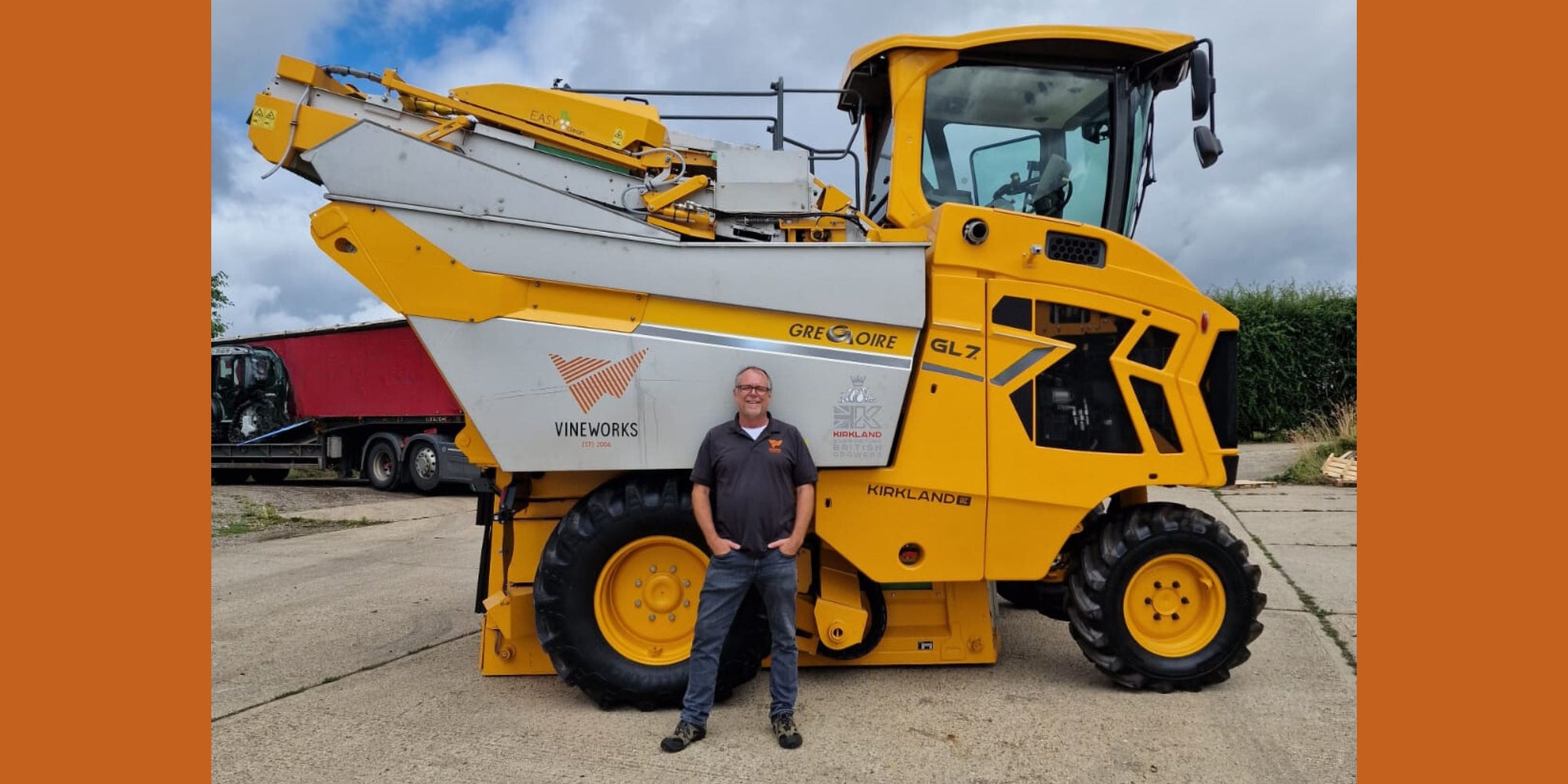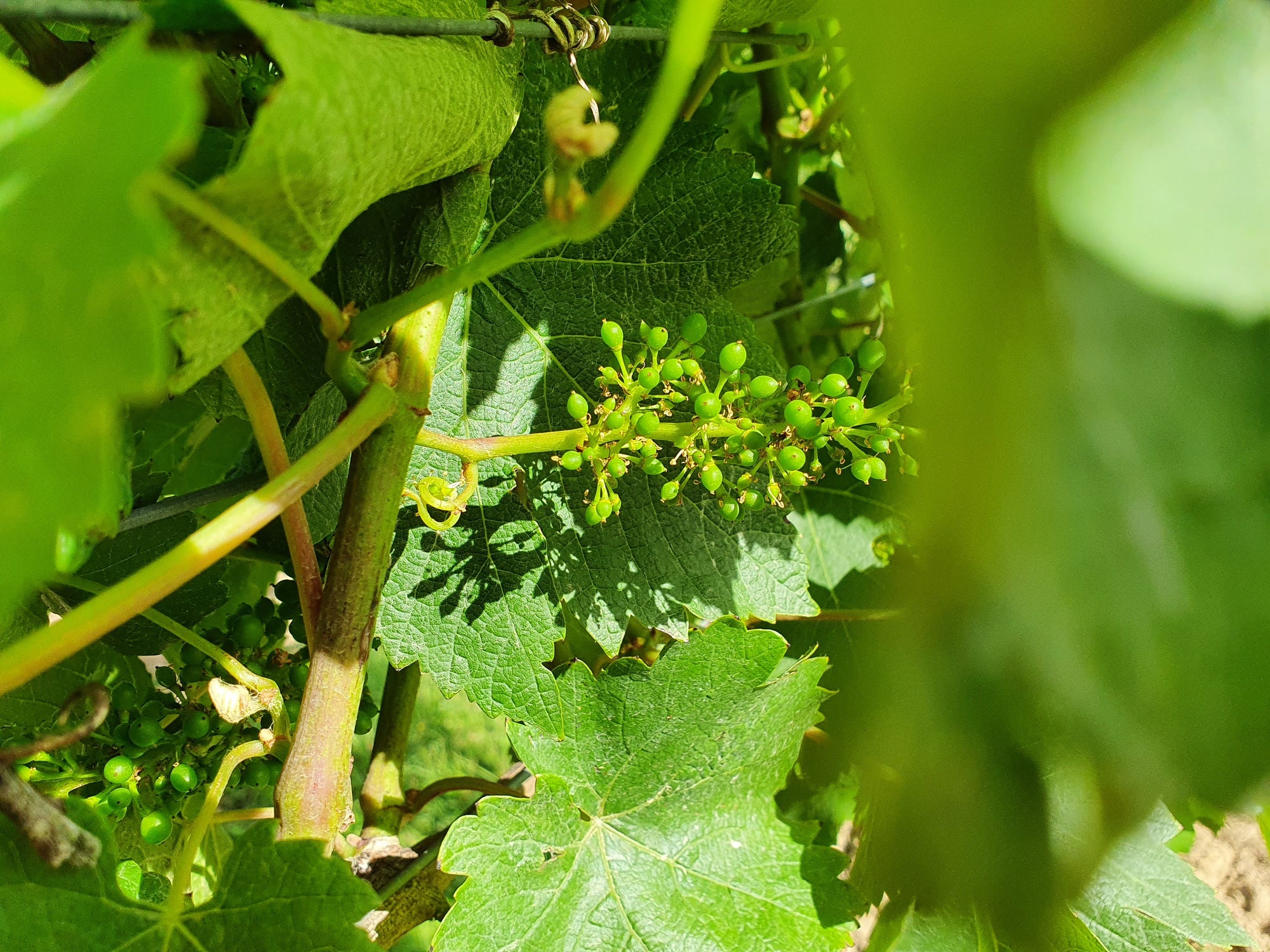

A VINEYARD FROM SCRATCH
As vineyard planting in the UK is in full swing, with more and more vines planted each year, it is a useful time to reflect on the main considerations in vineyard design.
What is the vineyard for?
We harp on about ‘the purpose of the vineyard’ at every client meeting. It is a profoundly important point of concern for both new entrants and existing wine producers. What is the fruit for and who will do something with it? The fruit that your vines produce needs to have a home before the vines go in the ground. You need a contract winemaking service organised, or a contract to sell the fruit agreed. I can’t stress the importance of this as vineyards without a purpose are money sinks that very quickly start damaging the wider industry. However, if your motivation is to look at something pretty when you throw your curtains open in the morning at ‘mon château’, then be prepared for the cost of the vineyard to exceed what it will earn.
Do you have land, or will you need to buy it?
One of the most interesting trends that VineWorks has seen in recent years is investment from international clients looking to buy land for grape growing in the UK. We are retained on a couple of land searches with wildly different criteria and plans. This gives someone a unique opportunity to source and buy land that is well-suited for viticulture. For existing landowners, you will need to make the land you already have work for you. This might involve putting additional measures in place to mitigate challenges.
What is the land like?
The basic land attributes for northern hemisphere, cool climate viticulture is well known. Here is a short reminder of what to look for – a gentle south facing slope below 100 metres above mean sea level on free draining soils and little wind exposure. This is a broad statement that has many ifs, buts, and maybes. That’s why it is important to hire a consultant to help you navigate site suitability, and what is possible.
Is the local climate suitable for what you want to grow?
Local climate attributes are only useful to know if you have a plan for the fruit that you are producing. Conversely, climate data can also define what is possible to grow. Ignorance of climate data, or blindly pursuing a wine style without considering your historical climate data, is going to result in disaster. I always enjoy producing a Met Office climate report because it is the moment where we can begin to define the most appropriate grape varieties and clones for the site.
Have you optimised the field?
Usually between 15-25% of a field is lost to headlands, sidelands, and windbreaks. Happily, GPS surveys and vineyard mapping software help us to optimise a field for planting. Although it would be great to get every site planted with rows running north/south, we always follow the slope to make tractor operations easier. Vineyard owners only really start to appreciate this choice when dragging a huge trailer down a row or using a double-sided trimmer without height adjustment.
How will you establish the site?
With ‘regenerative agriculture’ well and truly getting the traction it deserves in conventional farming circles, ‘regenerative viticulture’ is not far behind. There have been some terrible examples of vineyards planted under the banner of ‘regenerative viticulture’. Misunderstanding of the importance of ground preparation and the practical application of these ‘regen’ techniques has meant some people have compromised the one opportunity we have to establish the vines strongly and healthily, throwing money away in the process. Planting a vineyard without the usual ground preparation tasks (subsoil, plough, harrow) requires the right soil type, understanding of historical land use and thought. You can’t just plant a field without cultivation and hope what soil you have is good enough. Remember, grapevines are the definition of regenerative agriculture as once the crop is in, it stays in for decades.
How will you look after it?
In this country, it is not unusual for vineyards to go in with no management plan or understanding of the colossal task ahead to keep a vineyard healthy and on its road to a cropping year.
Once a vineyard goes in, it will require you to walk this well-trodden path:
- good vineyard manager or vineyard consultant (with labour if possible!)
- good agronomist
- realistic budget
- commitment, tenacity, resilience, farming spirit and optimism.



